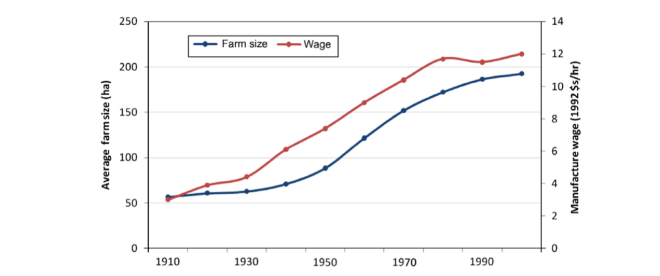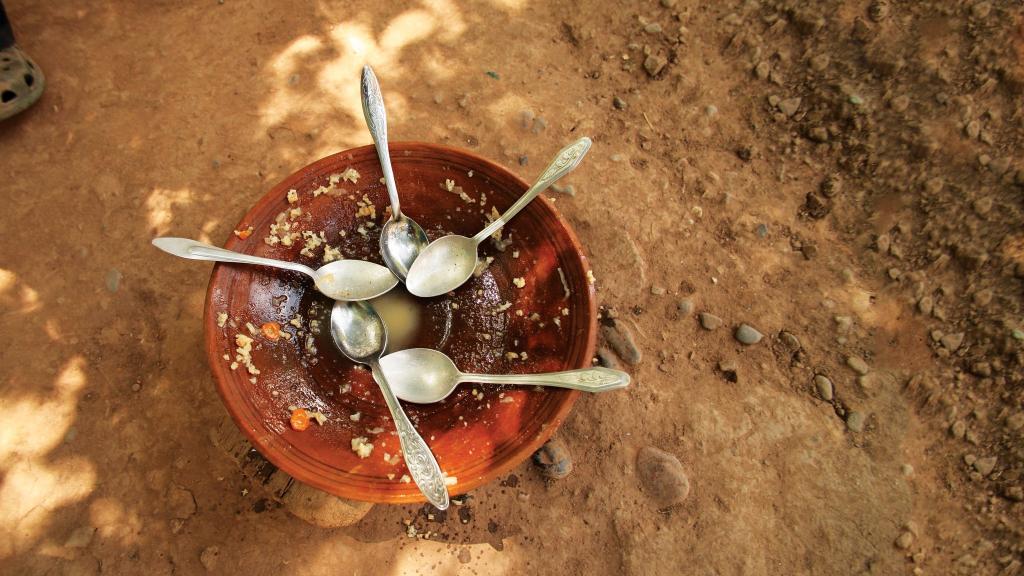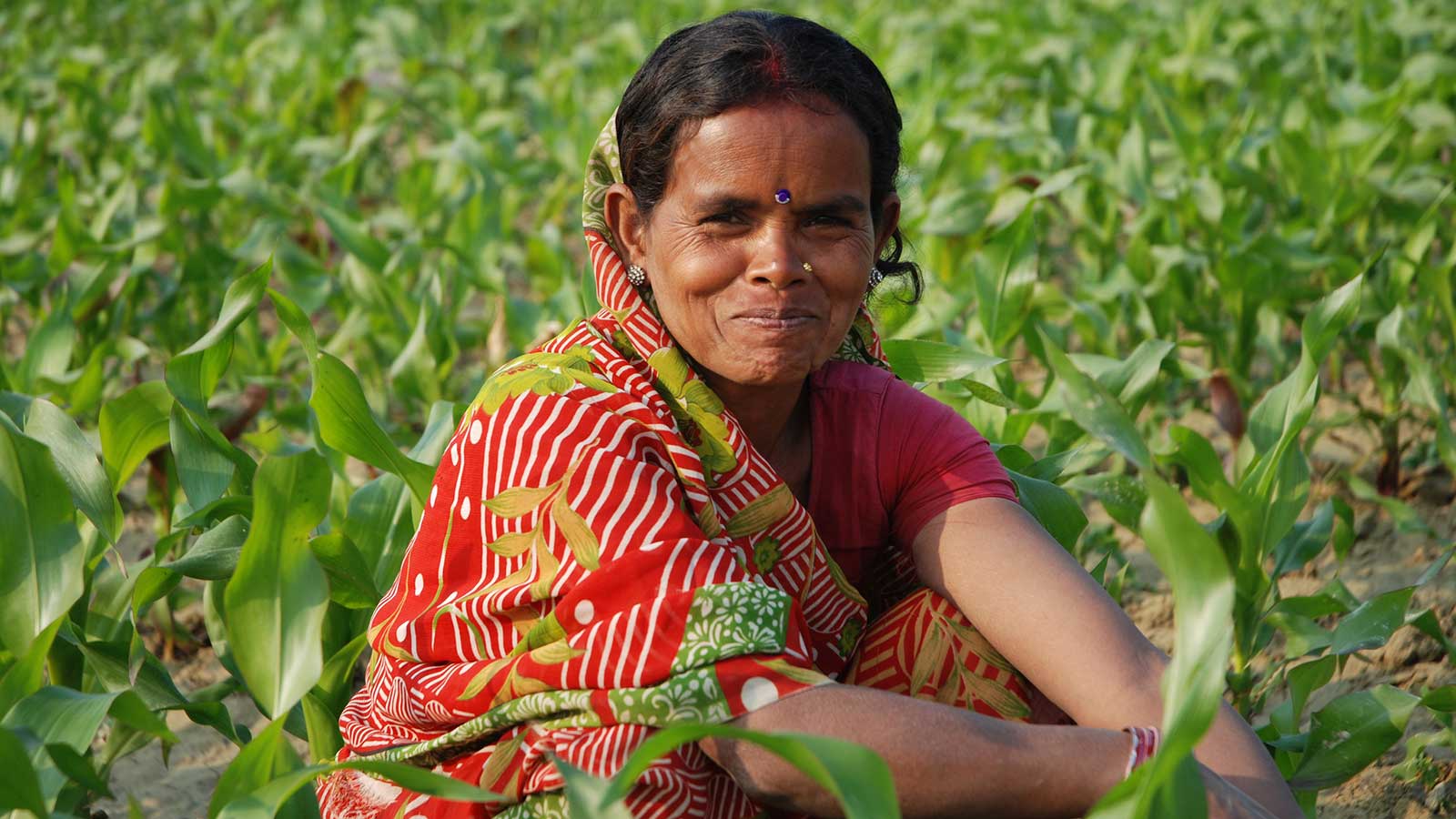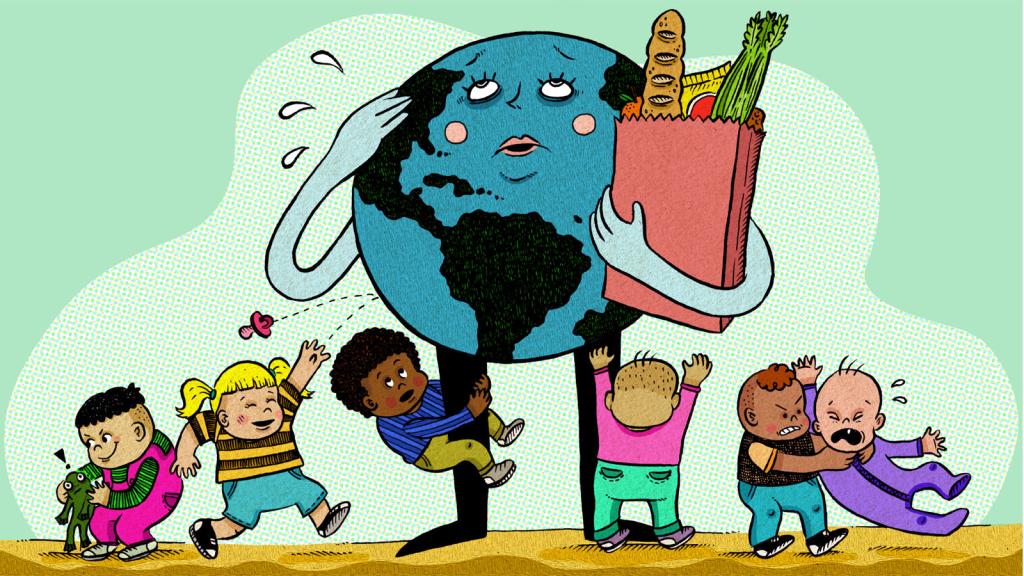In the U.S., an economic ratchet steadily drives farm sizes up and the total number of farmers down. Just a few days ago, the Department of Agriculture released an update with the completely unsurprising conclusion that “today’s farms are fewer and bigger.”
Does that mean that, to modernize, farms in poorer countries will have to emulate North American agriculture and get fewer and bigger, too?
Nope. The economics are actually pushing in the opposite direction — in low and middle-income countries, farms are getting smaller, not larger. Given a level playing field, small farmers are, in many cases, simply more competitive than big agribusiness.
Bigger is better only in the right context. The idea that bigger is always better stems, perhaps, from our experience here in the United States, or perhaps it rises from what the anthropologist James C. Scott called “high-modernist faith”: a steadfast conviction in the necessity of machines, standardized processes, hierarchy, and the kind of topographic tidiness that can be achieved on a vast plantation. But bigger isn’t always better, and the same economic forces that are driving consolidation of farms in America have driven the rise of small farmers in places like Africa and Asia.
To understand what’s going on here, it’s useful to have clarity of hindsight, so let’s look to history. The economist and World Bank consultant Derek Byerlee did just that in a paper examining the rise and fall of plantations in the Asian tropics. During the colonial period, the occupying countries established large plantations to grow things they couldn’t grow in Europe: tea, rubber, oil palm, sugar. But these didn’t last. Plantations fell apart, and small farmers became the main producers of these goods. “In short,” Byerlee writes, “plantations were propped up by high prices and biased policies and beliefs, and once the props were removed, their fallibility emerged.”
Why do small farms win?
There are some clear ways in which big really is better, Byerlee points out: Large companies have the ability to do their own research and development; they have access to money for machines and factories; and they have the wherewithal to sell their products on the global market.
All this is true. But once the systems are in place, small farmers can use them and outcompete the big boys. For example, it took a long time for the British Empire to figure out how to get the Pará rubber tree to grow anywhere outside the Amazon. But as soon as the British got rubber trees growing in Southeast Asia, the locals could get these trees as well. Small farmers also picked up the techniques needed to tap and process the rubber, and they were able to sell to export markets along the routes set up by the colonial businesses. Then the little Davids crushed the Goliaths. Today, for example, small farmers almost exclusively provide the rubber exports from Thailand, the world leader in that commodity.
In the long run, small farmers benefited from the initial investment of big business. They were free riders. But in those cases, government policies aided big business. Government can also aid the little guy by making those initial investments; organizations of small farmers can also do it on their own.
For an example of farmers organizing themselves, look at tea in Kenya. Tea has to be processed within a day of picking, which means there must be factories and an organized transportation structure — all of which seems to rhyme with big business. But in Kenya, the world’s biggest tea exporter, small farmers are the majority. Some 550,000 farmers, with an average farm a little smaller than half a football field (0.4 hectares), own the factories and organize the processing.
While agribusiness has the means to lay the groundwork and get an industry started, family farmers have their own advantages, which ag-development scholar William Masters (and a suite of coauthors) explain in this paper. If you have a big farm, it’s hard to supervise workers you’ve hired to nurture your fields. “Whether such tasks are done correctly is often unobservable,” Masters et al. wrote, “because they require location-specific response to changes in natural conditions that intervene to influence the harvest. Self-motivated family members therefore do these tasks more effectively at lower cost.” So family farms are the norm, except in places with political restraints, according to Masters: “Farms with many nonfamily workers typically arise mainly in settings with state-restricted labor and land rights, such as serfdom and slavery, or colonialism, socialism, and state capitalism.”
Labor-saving or land-saving?
Family farms can be large, which is the norm in rich countries, where they are getting bigger; or small, which is the norm in poorer countries, where they are getting smaller. Why the opposite trajectories? It all comes down to the number of people who want to farm.
In places where it’s hard to make money with the farm, people tend to stay and work smaller pieces of land more intensively. It’s almost always possible to coax more food from a piece of land if you have enough labor, though each increase in production takes a lot more work. When there are many people, and few other opportunities, you get farms that are labor-intensive and land-saving. Every generation, farms split up between children and get smaller.
In places where there are good jobs off the farm, fewer people end up working bigger pieces of land with labor-saving devices like machinery and chemicals. If farmers can earn more money working a job in the city, it only makes sense for them to leave the land. The farmers who stay are the ones who can figure out how to work enough land so that their incomes rise.
And so farms in poor countries tend to get smaller. If everything goes right, those farms provide jobs and income and eventually grow the economy. As new job opportunities emerge, farmers move to the cities (as they are doing now in China), while those who stay behind invest in labor-saving technology to keep themselves well paid. Eventually the trend reverses, and farms begin growing larger.

Deininger and Byerlee: The Rise of Large Farms
in Land Abundant CountriesA rise in off-farm wages drives farm size up.
This leads to the central debate between environmentalists and farmers in rich countries. Environmentalists say: Hey, your labor-saving technologies are polluting the earth. And farmers respond: Hey, they’re really not that bad, and shouldn’t I be entitled to an income that’s just as high as yours? But that debate really isn’t germane in most developing countries, where farms are getting smaller.
Family farms versus corporate plantations
In poorer countries, the debate isn’t small family farms versus large family farms — it’s small family farms versus large corporate estates. As Byerlee points out in another paper — written with Klaus Deininger — there is a legitimate argument that corporate farms may be needed in some countries to set up supply chains, processing facilities, and transportation infrastructure. The problem is that, in the past, “these efforts almost universally failed.” In places like Sudan and Tanzania, the governments kicked livestock pastoralists off the land to make room for large farms, which led to serious conflict and uncertainty over the details of landownership. Because of this uncertainty over ownership, businesses didn’t want to invest in factories or transportation, and the programs failed.
History seems to be repeating itself, as investors buy up land in poorer countries. “The fact that some recent investments seem to repeat the mistakes made in the 1970s and 1980s suggests that attention to these issues is required to prevent the current wave of land acquisitions from yielding similarly negative results.” There is a better way to do this, if political insiders weren’t giving away land to their friends. If land rights were clearly defined, and the market were transparent, and the local farmers got a deal that made it worth their while, everyone might win.
The other possibility is for governments and small farmers to get together to make their own investments in infrastructure and research. This strategy makes a lot of sense, but it faces some of the same challenges. You still have to deal with officials channeling public money to their business associates. You still have to clarify land rights. And it’s a tremendous challenge to get a diverse population of farmers to organize and make investments.
Charities and national aid organizations often try to help by assisting farmers to improve their yields. This is a nice and subtle way of getting at the problem: Farmers end up with a little more money, and they can begin to develop secondary businesses around the farms organically. They can build up the economy themselves.
There’s a key point here: As long as farmers are in the land-saving mode, they need tools that will allow them to produce more food on a small piece of land, rather than the labor-saving technologies of modern farming, which allow fewer workers to handle a larger piece of land. If all goes well, those small farmers will someday be able to indulge in the luxury of debating over how big family farms should be.



